Intro
Discover 5 crucial preeclampsia facts, including symptoms, causes, and risks, to understand this pregnancy complication, its effects on maternal health, and potential impacts on fetal development and birth outcomes.
Preeclampsia is a pregnancy complication characterized by high blood pressure and often accompanied by significant amounts of protein in the urine. This condition can lead to serious complications for both the mother and the baby if not promptly addressed. Understanding the basics of preeclampsia is crucial for expectant mothers and their healthcare providers to ensure the best possible outcomes. The importance of recognizing the signs and symptoms of preeclampsia cannot be overstated, as early detection and management are key to preventing severe complications.
Preeclampsia affects a significant number of pregnancies worldwide, making it a critical area of focus in prenatal care. Despite its prevalence, many women are not fully informed about the risks associated with preeclampsia or how it can impact their health and the health of their baby. Raising awareness about preeclampsia is essential for promoting healthy pregnancies and reducing the risk of adverse outcomes. By educating themselves about the condition, expectant mothers can take proactive steps to protect their health and the well-being of their unborn child.
The impact of preeclampsia on maternal and fetal health underscores the need for comprehensive prenatal care. Regular check-ups with a healthcare provider are vital for monitoring blood pressure and urine protein levels, allowing for the early detection of preeclampsia. Moreover, understanding the risk factors associated with preeclampsia can help identify women who may require closer surveillance during their pregnancy. By combining awareness, preventive measures, and timely medical intervention, it is possible to mitigate the effects of preeclampsia and ensure a healthier pregnancy.
Preeclampsia Definition and Diagnosis
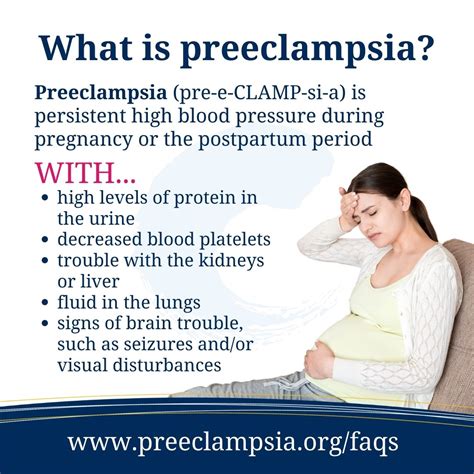
Key Diagnostic Criteria
The diagnosis of preeclampsia involves the following key criteria: - New-onset hypertension after 20 weeks of gestation - Proteinuria, defined as a urine protein-to-creatinine ratio of 0.3 mg/mg or higher, or a 24-hour urine protein collection of 300 mg or more - In the absence of proteinuria, new-onset hypertension with any of the following: thrombocytopenia, renal insufficiency, impaired liver function, pulmonary edema, or cerebral or visual disturbancesRisk Factors for Preeclampsia
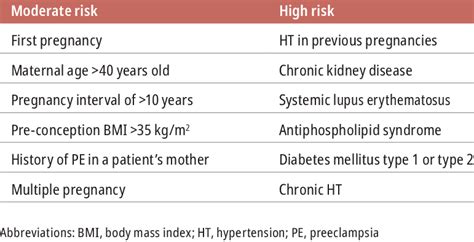
Understanding Risk Factors
Recognizing these risk factors is crucial for identifying women who may require closer monitoring during pregnancy. While some risk factors cannot be changed, such as age or family history, others can be managed or mitigated. For example, maintaining a healthy weight and managing chronic conditions like hypertension can reduce the risk of developing preeclampsia.Complications of Preeclampsia
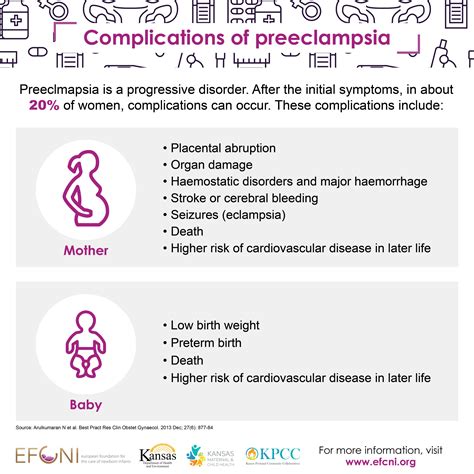
For the baby, complications can include:
- Growth restriction due to inadequate placental blood flow
- Preterm birth
- Low birth weight
- Increased risk of stillbirth
Managing Complications
The management of preeclampsia focuses on preventing these complications and ensuring the best possible outcomes for both the mother and the baby. This may involve close monitoring of blood pressure and fetal well-being, bed rest, and in some cases, hospitalization. The decision to deliver the baby depends on the severity of the preeclampsia and the gestational age of the fetus.Treatment and Management of Preeclampsia
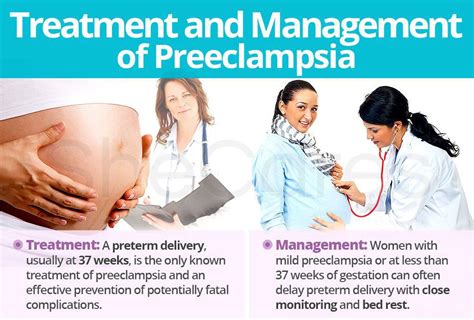
In cases of severe preeclampsia, hospitalization may be necessary to closely monitor the mother and the baby. The primary treatment for severe preeclampsia is delivery of the baby, as this is the only cure for the condition. However, the decision to deliver must be balanced against the risks of preterm birth.
Delivery Considerations
The decision on when to deliver the baby in cases of preeclampsia is complex and depends on various factors, including the severity of the condition, the gestational age of the fetus, and the presence of any complications. In general, for women with severe preeclampsia at or near term (37 weeks of gestation or more), delivery is recommended. For those with preterm preeclampsia, the decision to deliver must consider the risks of preterm birth against the risks of continuing the pregnancy.Prevention of Preeclampsia
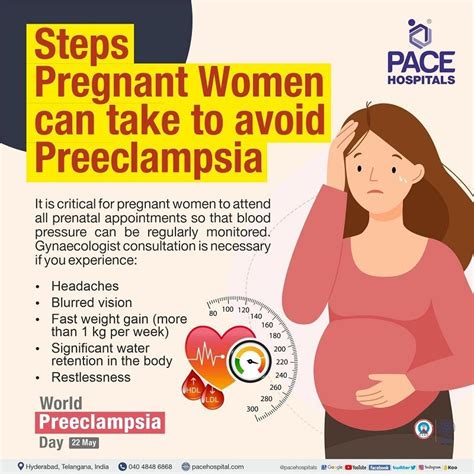
For women at high risk of developing preeclampsia, low-dose aspirin has been shown to reduce the risk when initiated early in pregnancy, typically before 16 weeks of gestation.
Lifestyle Modifications
Lifestyle modifications play a significant role in reducing the risk of preeclampsia. Maintaining a healthy lifestyle, including a balanced diet and regular exercise, can help manage blood pressure and reduce the risk of complications during pregnancy. Additionally, managing stress through relaxation techniques such as meditation or deep breathing exercises can also be beneficial.Preeclampsia and Future Pregnancy Risks
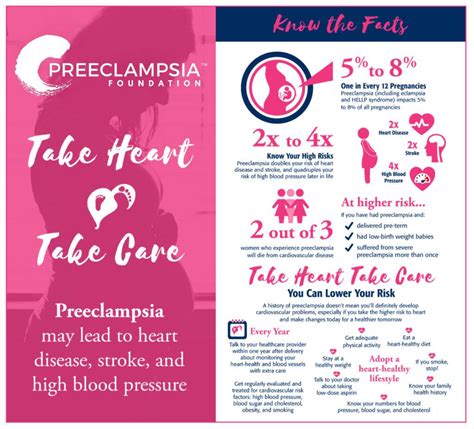
Long-Term Health Implications
The long-term health implications of preeclampsia are an area of ongoing research. Women who have had preeclampsia should be aware of their increased risk of future cardiovascular disease and take steps to manage this risk, including maintaining a healthy weight, exercising regularly, and managing any chronic conditions.What are the symptoms of preeclampsia?
+Symptoms of preeclampsia can include high blood pressure, protein in the urine, severe headaches, vision changes, nausea and vomiting, and abdominal pain. However, some women with preeclampsia may not exhibit any noticeable symptoms, which is why regular prenatal care is essential.
How is preeclampsia diagnosed?
+Preeclampsia is diagnosed based on the new onset of high blood pressure and often proteinuria after 20 weeks of gestation in a previously normotensive woman. The diagnosis involves assessing blood pressure and urine protein levels, as well as evaluating for signs of maternal organ dysfunction.
Can preeclampsia be prevented?
+While there is no guaranteed way to prevent preeclampsia, maintaining a healthy lifestyle, including a balanced diet and regular exercise, managing chronic conditions, and in some cases, taking low-dose aspirin as recommended by a healthcare provider, can reduce the risk.
In conclusion, preeclampsia is a serious pregnancy complication that requires prompt attention and management to prevent adverse outcomes. By understanding the risk factors, symptoms, and treatment options for preeclampsia, expectant mothers can take proactive steps to protect their health and the well-being of their baby. As research continues to uncover more about the causes and consequences of preeclampsia, it is essential for women to remain informed and engaged in their prenatal care. We invite readers to share their experiences and ask questions about preeclampsia, fostering a community of support and awareness around this critical health issue.
